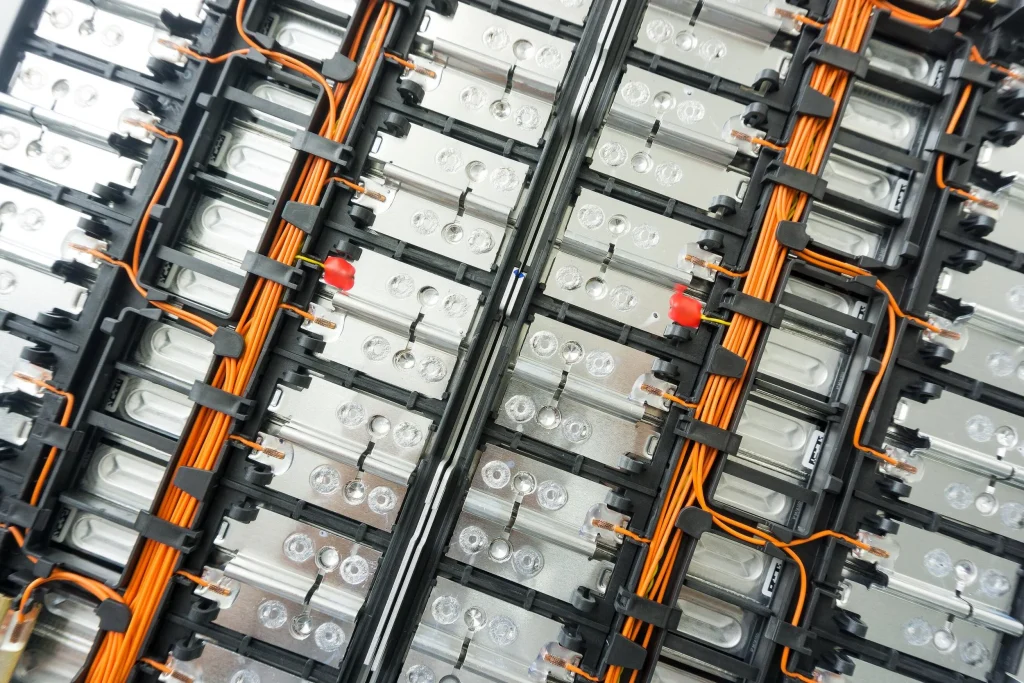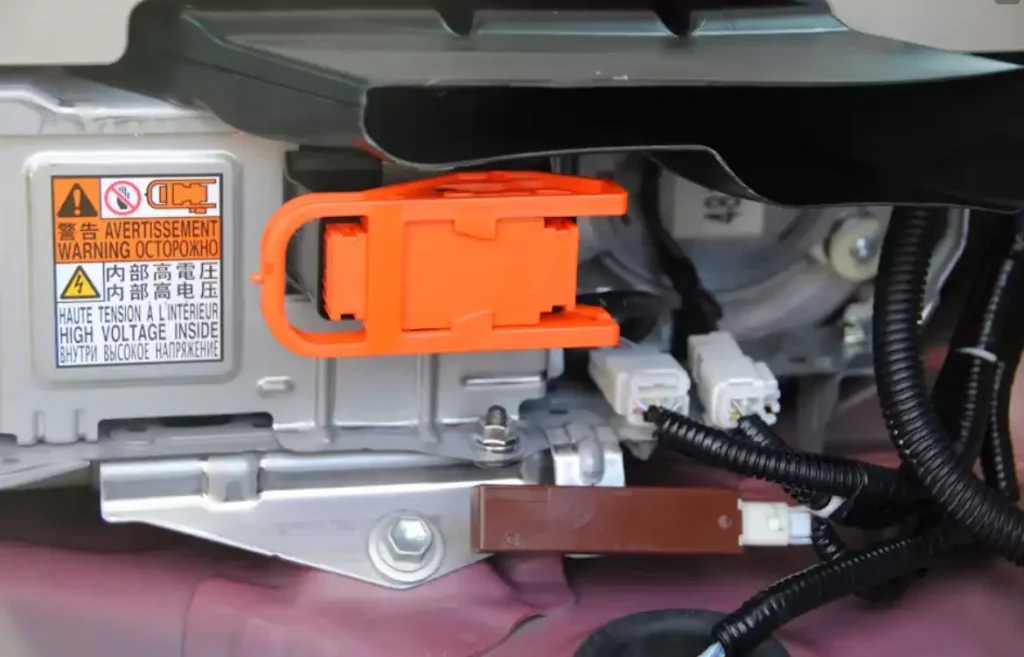If you’ve been following the electric vehicle revolution, you know the EV battery pack is the real game-changer. It’s what powers your ride, pushes your range, and ultimately makes—or breaks—the EV experience. As battery costs continue to drop and technology races forward, understanding what goes into these packs isn’t just for engineers anymore.

Image Source:https://www.google.com/what-are-ev-batteries-made-of/
Whether you’re a buyer hunting for the best value, a DIY builder eyeing upgrades, or just curious about the tech behind sustainable driving, this guide breaks down everything you need to know about EV battery packs—from how they’re built to what you can expect in 2025. Ready to unlock the power behind electric mobility? Let’s get started.
What Is an EV Battery Pack Breaking Down the Basics
An EV battery pack is the heart of an electric vehicle, storing and delivering the energy needed to power the motor. At its core, it’s made up of smaller units called lithium-ion battery modules. These modules consist of numerous individual cells, which are the true building blocks. Each cell produces a small amount of voltage and capacity, but when combined into modules and then into the full pack, they provide the power and range drivers expect.
From Cells to Packs The Building Blocks
EV battery packs are designed by grouping hundreds or even thousands of cells in series and parallel configurations. This setup increases voltage and capacity to meet different vehicle requirements. The cells are carefully arranged inside modules that include safety and protection features. These modules then form the complete battery pack, housed in a sturdy case that protects everything from external shocks and weather.
Placement and Design in Modern EVs
Modern electric vehicles incorporate battery packs strategically for optimal performance and safety. Most EVs place the pack under the floor between the axles. This location lowers the center of gravity, improving handling and stability. It also maximizes cabin space, letting you enjoy a more spacious interior. The battery casing often includes advanced cooling systems to manage temperature and enhance longevity—key to maintaining range and safety.
Understanding these basics clarifies why the EV battery pack is more than just a power source—it’s a complex, carefully engineered system designed to deliver efficiency, safety, and a smooth driving experience. Ready to dive into the key components that drive EV performance?
Key Components and How They Drive EV Performance
When it comes to EV battery packs, a few key parts make all the difference in how your vehicle performs on the road.
Battery Management Systems BMS The Brain of Your Pack
The battery management system (BMS) is like the brain of your battery pack. It keeps an eye on each lithium-ion battery module, making sure everything runs smoothly. The BMS manages charging and discharging, balances the cells, and protects the pack from overcharging or overheating. Without a solid BMS, your battery life and safety could take a serious hit.
Cooling and Safety Features Preventing Overheat Nightmares
Heat is the enemy of battery packs. That’s why modern EVs come with advanced battery thermal management systems to keep temperatures in check. Whether it’s liquid cooling or air cooling, these systems prevent overheating, which can cause damage or even fires. Safety features also include sensors and fail-safes that shut down the battery in extreme cases, protecting both the pack and you.

Energy Density and Chemistry NMC LFP and Beyond
Energy density — measured in watt-hours per kilogram (Wh/kg) — tells you how much power a battery stores compared to its weight. Higher energy density means better range without adding bulk. Most EVs use NMC (Nickel Manganese Cobalt) or LFP (Lithium Iron Phosphate) chemistries:
- NMC packs offer higher energy density and longer range — great for most U.S. drivers.
- LFP batteries are safer, cheaper, and last longer, making them popular in affordable or fleet EVs.
Beyond NMC and LFP, new chemistries and designs like cell-to-pack (CTP) are pushing the limits, allowing more power in less space and weight. These advancements mean better performance and efficiency for your next EV.
The True Cost of EV Battery Packs What to Expect in 2025
When looking at EV battery pack costs in 2025, it’s clear that prices are dropping but still a major part of the total EV price. Advances in manufacturing, especially with cell-to-pack designs, are driving efficiency and bringing costs down. We’re also seeing more competition among EV battery pack manufacturers, which helps lower prices for buyers in the United States.
Manufacturing and Pricing Trends
- Improved production tech is reducing the cost per kilowatt-hour (kWh), making battery packs more affordable.
- LFP (Lithium Iron Phosphate) chemistry is gaining popularity due to its lower cost and longer life compared to NMC (Nickel Manganese Cobalt) batteries.
- Modular EV battery packs offer flexibility, allowing manufacturers to build cars with different ranges without redesigning the entire pack.
- Local supply chains in the U.S. are improving, cutting down shipping costs and delivery times.
Replacement and Warranty Realities
- EV battery replacement is still pricey, typically costing thousands of dollars depending on the battery size and type.
- Most EVs come with warranties covering 8 years or 100,000 miles, which protects owners from unexpected battery failures.
- Battery management systems (BMS) help extend battery life, but performance can degrade over time, which is something to keep in mind when considering long-term ownership.
Upgrades and Modular Options
- Some manufacturers and aftermarket companies offer modular battery upgrades, letting you add capacity or replace older battery modules instead of swapping the whole pack.
- These options can save money over time and give EV owners more control over their vehicle’s energy density and range.
- For fleets and builders, modular packs simplify maintenance and reduce downtime, a big plus for business users.
Understanding the true cost helps you plan better whether you’re buying a new EV, upgrading, or considering long-term use in the U.S. market.

Image Source: https://www.vehicleservicepros.com/service-repair/battery-and-electrical/
Choosing the Right EV Battery Pack Tips from LEAPENERGY Experts
Selecting the best EV battery pack can feel overwhelming, especially with so many options and technical details out there. At LEAPENERGY, we simplify this process whether you’re a buyer, builder, or fleet operator. Here’s what we suggest:
For Buyers
- Match your driving needs: Consider your daily range and charging options. If you’re mostly in the city, a lighter battery with good energy density like NMC chemistry could work well. For longer range or heavy-duty use, LFP packs offer durability and safety.
- Check warranty and replacement cost: Some packs come with longer warranties and modular designs that make repairs or upgrades easier.
For Builders
- Focus on cell-to-pack design: Opting for modular EV battery packs helps speed up assembly and simplifies maintenance.
- Prioritize battery thermal management: Proper cooling systems ensure your battery stays safe and efficient under all conditions.
For Fleet Operators
- Look for scalability: Modular packs allow you to customize capacity depending on vehicle size and usage.
- Consider second-life battery applications: Using refurbished or recycled battery modules can reduce costs while supporting sustainability goals.
Why LEAPENERGY Stands Out
- We provide tailored solutions combining advanced battery management systems (BMS) and robust battery thermal management to maximize safety and performance.
- Our expertise in diverse chemistries like NMC and LFP means we help you pick the best fit for your needs and budget.
- We offer strong support for both new purchases and upgrades, backed by transparent pricing and clear warranty terms.
Choosing the right EV battery pack is about balancing performance, cost, and longevity. LEAPENERGY’s know-how makes this choice straightforward, reliable, and customized for the US market.